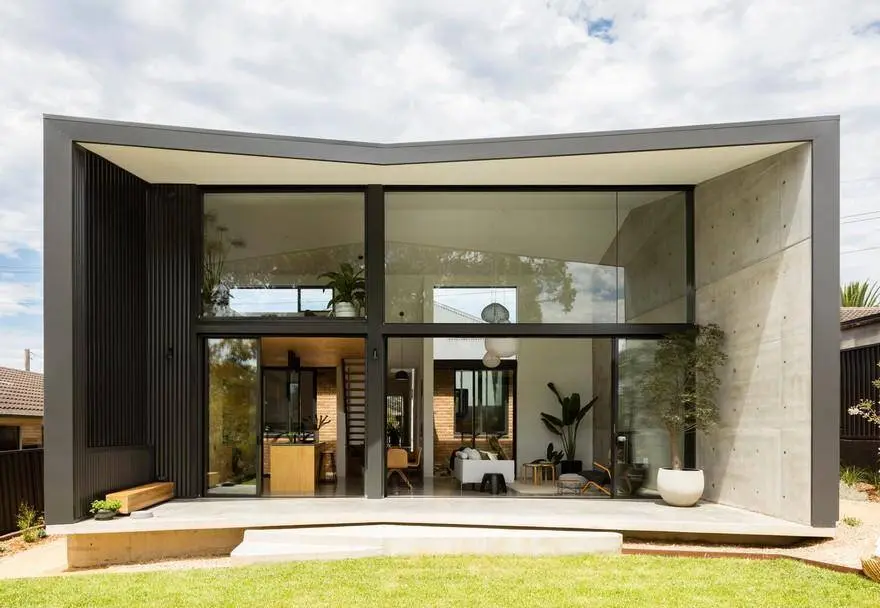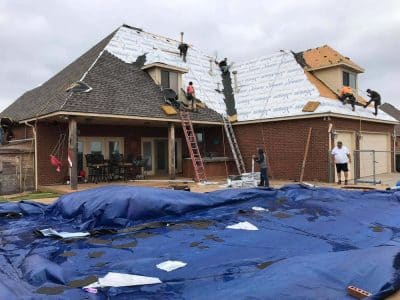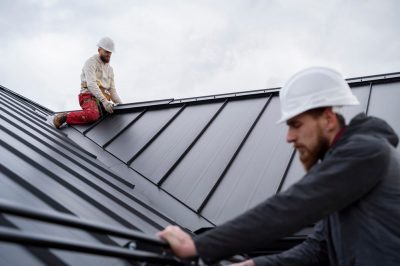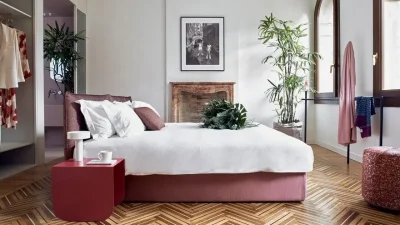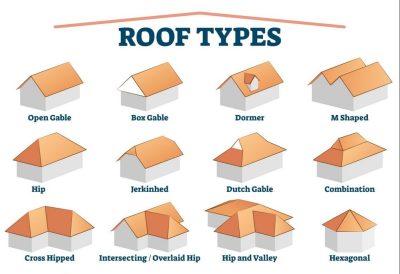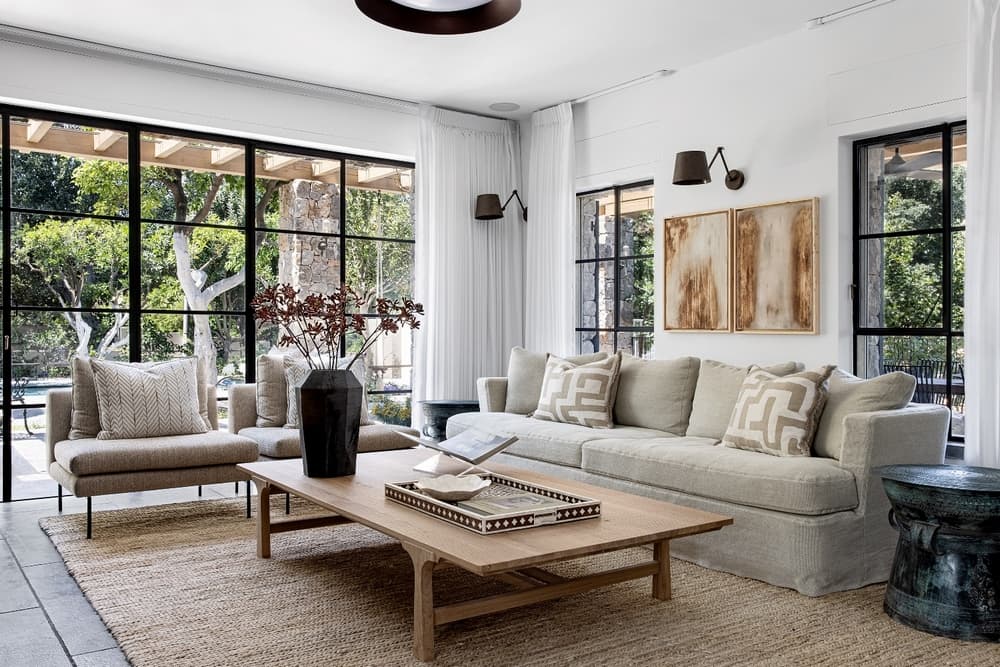
The fusion of architectural elegance and interior innovation is at the forefront of modern home design. This captivating blend not only enhances the aesthetics of living spaces and improves functionality, comfort, and sustainability. In a rapidly changing world, where technology continually evolves – and environmental awareness grows – contemporary design must reflect these shifts. This article explores various ways to transform living spaces to meet the demands of the modern age.
Embracing Smart Home Technology
The integration of smart home technology is no longer a futuristic concept; it’s a present reality. From intelligent lighting systems to voice-controlled appliances, smart technology adds convenience and efficiency. These innovations allow homeowners to tailor their living environment to their preferences, creating a highly personalised and interactive space.
Sustainable Design Principles
The focus on sustainability has never been more pertinent. Implementing eco-friendly materials, energy-efficient appliances, and water-saving features minimises the environmental impact and contributes to a healthier and more comfortable living environment. Green design has become synonymous with modern elegance and homeowners who are seeking ways to reduce their ecological footprint.
Open Concept Living
The shift towards open-concept living reflects a desire for spaces that are both beautiful and functional. By eliminating unnecessary walls and barriers, homes become more flexible, allowing seamless transitions between different functional areas. This approach fosters social interaction, brings in natural light, and creates a sense of spaciousness.
Furthermore, open-concept living enhances the aesthetic flow of the home, connecting spaces organically and encouraging a more interactive lifestyle. Whether entertaining guests or spending quality family time, the open layout allows everyone to be part of the conversation and activities.
It also provides better opportunities for interior design creativity, allowing homeowners to experiment with different furniture arrangements, colour schemes, and design elements. The result is a harmonious and versatile space that embodies modern elegance and convenience.
Innovative Use of Materials
Modern design demands creative exploration of materials. From concrete countertops to glass walls, innovative materials can transform ordinary spaces into extraordinary ones. Experimenting with textures, finishes, and combinations can create visually stunning effects, making every room a piece of art in its own right. These unique materials not only add visual interest but also bring functional benefits. For example, utilising recycled materials or renewable resources contributes to a sustainable design.
Advanced materials technology may also offer enhanced durability or maintenance ease, meeting the demands of contemporary living. Integrating innovative materials requires a thoughtful approach, one that balances aesthetics with practicality, creating a cohesive and harmonious environment. By embracing these cutting-edge solutions, designers can craft spaces that are both visually appealing and exceptionally functional.
Adaptive Reuse and Flexibility
In an ever-changing world, adaptability is essential. Designing spaces that can easily transform to serve various functions provides a level of flexibility that aligns with modern lifestyles. Movable partitions, multi-purpose furniture, and thoughtful space planning can create dynamic, versatile environments that evolve with the needs of the inhabitants.
The concept of adaptive reuse extends this adaptability further by giving new life to existing structures or features, incorporating history and character into a contemporary setting. By allowing for changes and growth within the space, adaptive reuse and flexibility in design not only make practical sense but also contribute to sustainability.
These strategies offer a refreshing and creative way to make the most of every square foot, providing tailored solutions that cater to ever-changing demands and a forward-thinking approach to living spaces.
Human-Centric Design
The integration of human-centric design prioritises comfort, well-being, and a connection to nature. Incorporating biophilic design elements, ergonomic principles, and mindful material choices create spaces that not only look beautiful but also nurture the human spirit. This approach acknowledges that our homes are not merely shelters but sanctuaries that support our overall wellness. By considering factors such as natural lighting from hand made lamps, air quality from windows, accessibility, and personal preferences, a human-centric design can contribute to physical and mental well-being.
It’s an approach that goes beyond aesthetics, bridging the gap between form and function to create a living environment that resonates with the inhabitants. The focus on the human experience within the design ensures a harmonious living space that caters to the unique needs and desires of those who call it home.
Architectural elegance and interior innovation are more than design trends; they’re a response to the complex and multifaceted demands of modern living. By embracing new technologies, sustainable practices, and human-centric principles, we can create living spaces that are not only visually stunning but also profoundly in tune with the needs and values of the modern age. These transformations resonate with a deeper understanding of home, reflecting an adaptive, conscious, and elegant lifestyle.
